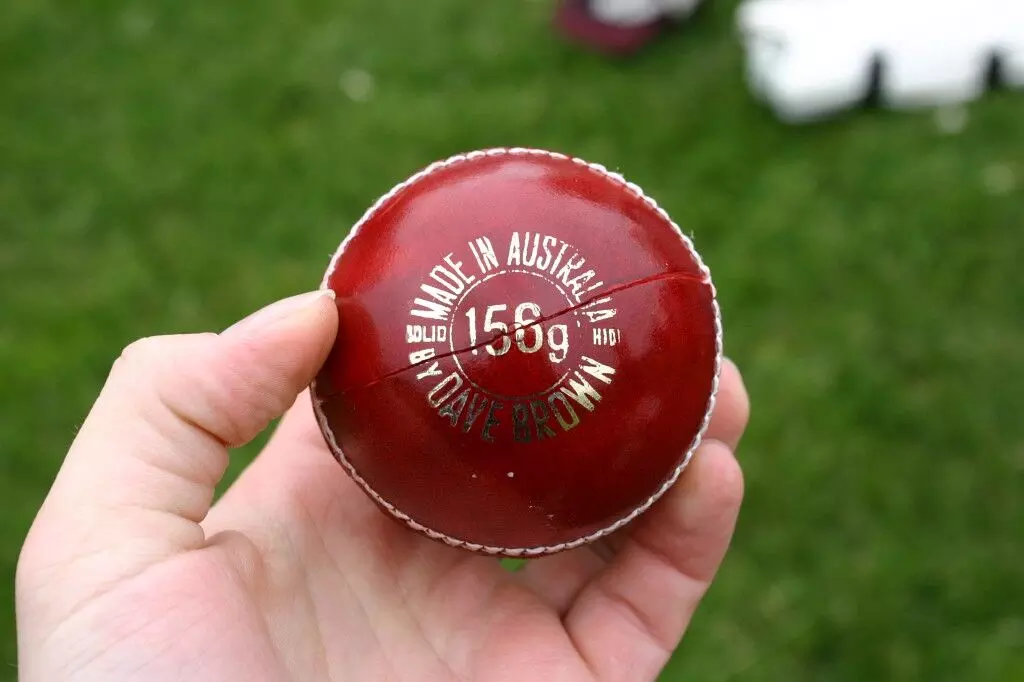

Test cricket is celebrated for its rich tactical depth, but let’s be honest, in today’s hectic world, committing to a five-day match can be a real challenge. If you’re a purist, Test cricket offers an unmatched experience. It’s just finding the time to enjoy it that can be difficult.
After the ODI format debuted in 1971, the ICC recognised the need for a shorter, more accessible version of the game. It soon became the format for World Cups and the most popular version of the game.
But with the rapid growth of T20 cricket, the ODI’s legacy now faces new competition. There have been talks about limiting ODI cricket or discontinuing it altogether to make the calendar more flexible for cricketers.
Although player burnout is a real concern, is it really the main motivation for phasing out ODIs? Could it be that the real reason for pushing ODIs to the sidelines is a capitalist mindset? After all, T20s offer much greater financial rewards, making it tempting to diminish the legacy of the 50-over format.
In this piece, we have made a case for the ODIs. Here’s why we believe ODI offers the perfect limited-over cricket experience.
A Balanced Battle Between Bat and Ball
T20 cricket may be exciting, but not always for the right reasons. The format is heavily skewed in favour of batters, with just 120 deliveries per innings.
While flat tracks, small boundaries and fielding limitations produce a carnival of sixes and fours, they also reduce the battle between bat and ball to a glorified slog-fest. Often treated like cannon fodder, bowlers’ abilities are underappreciated and their function downplayed.
India national team player Ravichandran Ashwin criticised the Indian Premier League, the world’s most celebrated T20 league, for being too batting friendly. Many others have also voiced concerns that cricket is becoming more lenient toward batters as T20 becomes more popular.
The 50-over game brings balance back into the equation. Bowlers have time to settle, captains can think in layers, and matches unfold like a chess game. The so-called dull middle overs are actually where some of the smartest cricket is played. It’s this nuance that makes the 50-over format a richer, more strategic version of the game than T20 cricket.
The Betting Perspective: Depth Beats Chaos
For punters, the 50-over format offers a more predictable and strategic betting environment too. T20s may dazzle with dramatic shifts, but those fluctuations often stem from unpredictable moments, not sustained gameplay. Betting on cricket in the T20 format is a minefield – one dropped catch or one misfield can blow everything apart.
ODIs, on the other hand, reward deeper analysis and understanding of the game’s rhythm. It’s less about fluke and more about form and momentum.
Fifty-over cricket favours those who understand the game. One can identify trends—whether they are changes in a bowler’s pace or a batter’s response to the situation at hand. The chaos is minimal, so there is room for strategic betting analysis.
Punters may evaluate how well teams are managing the pressure in important moments like the death overs or the middle 20, or they can track momentum over 10-over blocks. So, picks can be more informed, rather than impulsive.
Serious gamblers typically choose ODIs because they are easier to predict and analyse. The extended format encourages patience, intuition, and study. It’s not only about large swings; it’s also about using more data and more context to guide educated forecasts.
ODIs Are More Dramatic
What makes a sporting event great? The drama and the storylines, of course! Momentum shifts, gutsy rebuilds, and tactical masterstrokes – ODIs can deliver these better than its shorter-over cousin.
T20, in its rush for instant thrills, often sacrifices that deeper narrative. A single powerplay or a flurry of boundaries can decide the match—more chaos than craft. Spectacle, yes. Substance? Not always.
Conversely, ODIs let a game breathe. From 30 for 4, a team might rebound, create a century partnership, and still struggle for a competitive score. Cricketers aren’t rushed; they can evaluate the pitch, adapt to changing conditions, and show their mental and tactical resilience.
Preserving the Essence of the Game
Cricket is a sport rooted in rhythm, technique, and tactics. T20 shouldn’t become the default definition of the sport, even if it has helped globalise the game and brought it new fans. The 50-over format maintains the core of what distinguishes cricket: the ongoing exchange between attack and defence, risk and reward, tempo and pressure.
While every format has its place in the modern game, ODIs stand out as the most complete test of a cricketer’s range.
Fifty-over games evaluate all aspects of the sport in the same manner as Test cricket evaluates endurance and T20 tests explosiveness. It’s the middle ground that combines the discipline of Tests with the urgency of T20s—a format designed for both purity and excitement.
